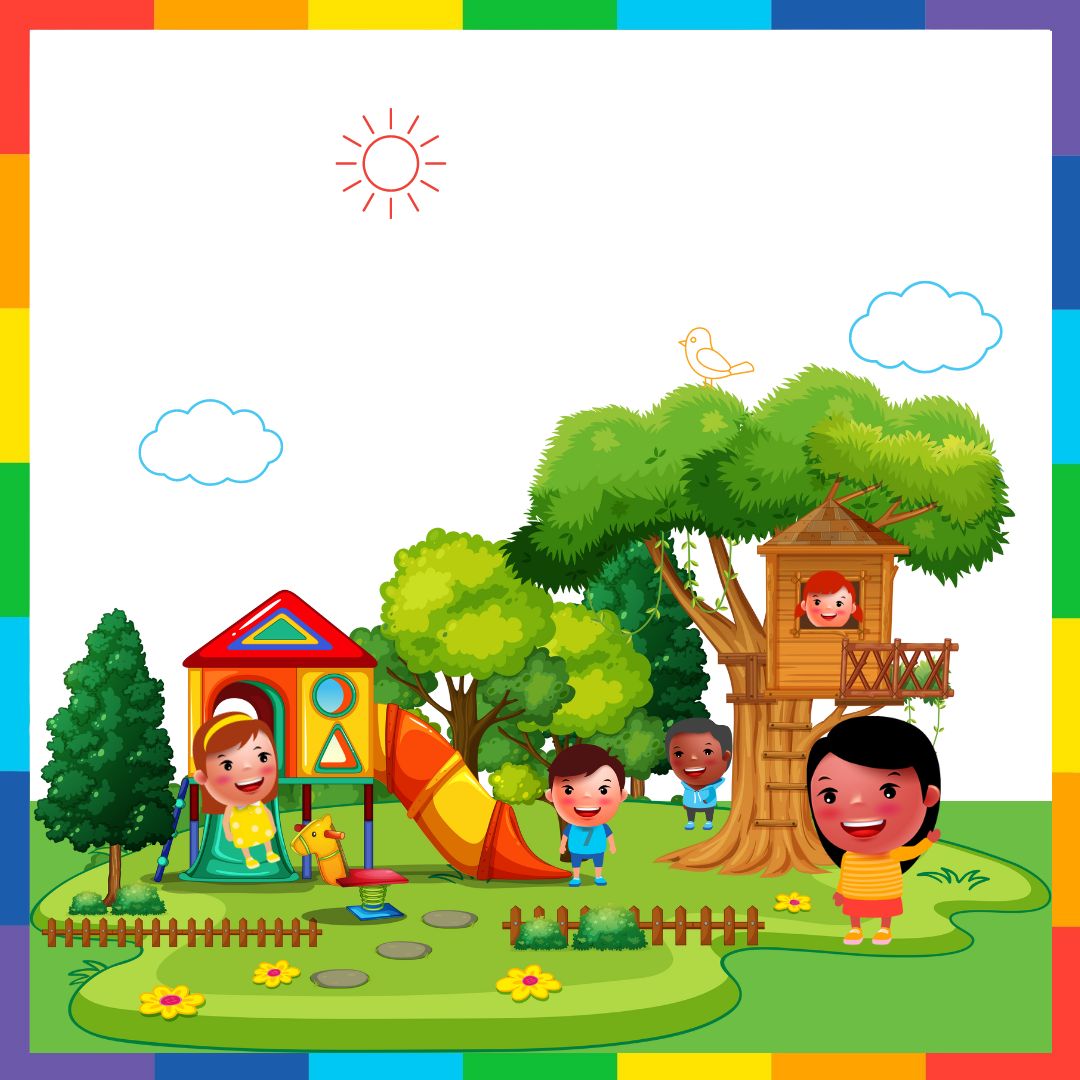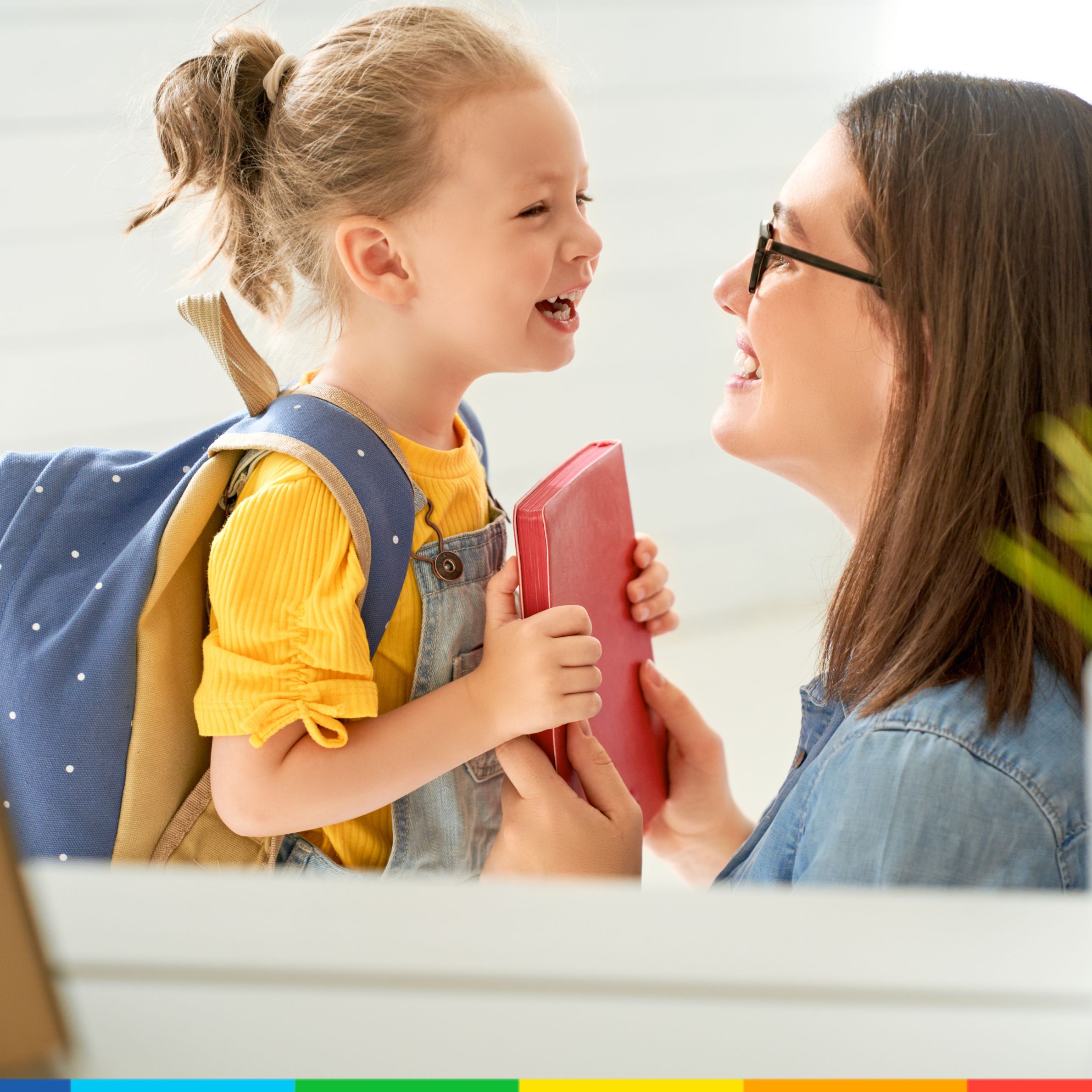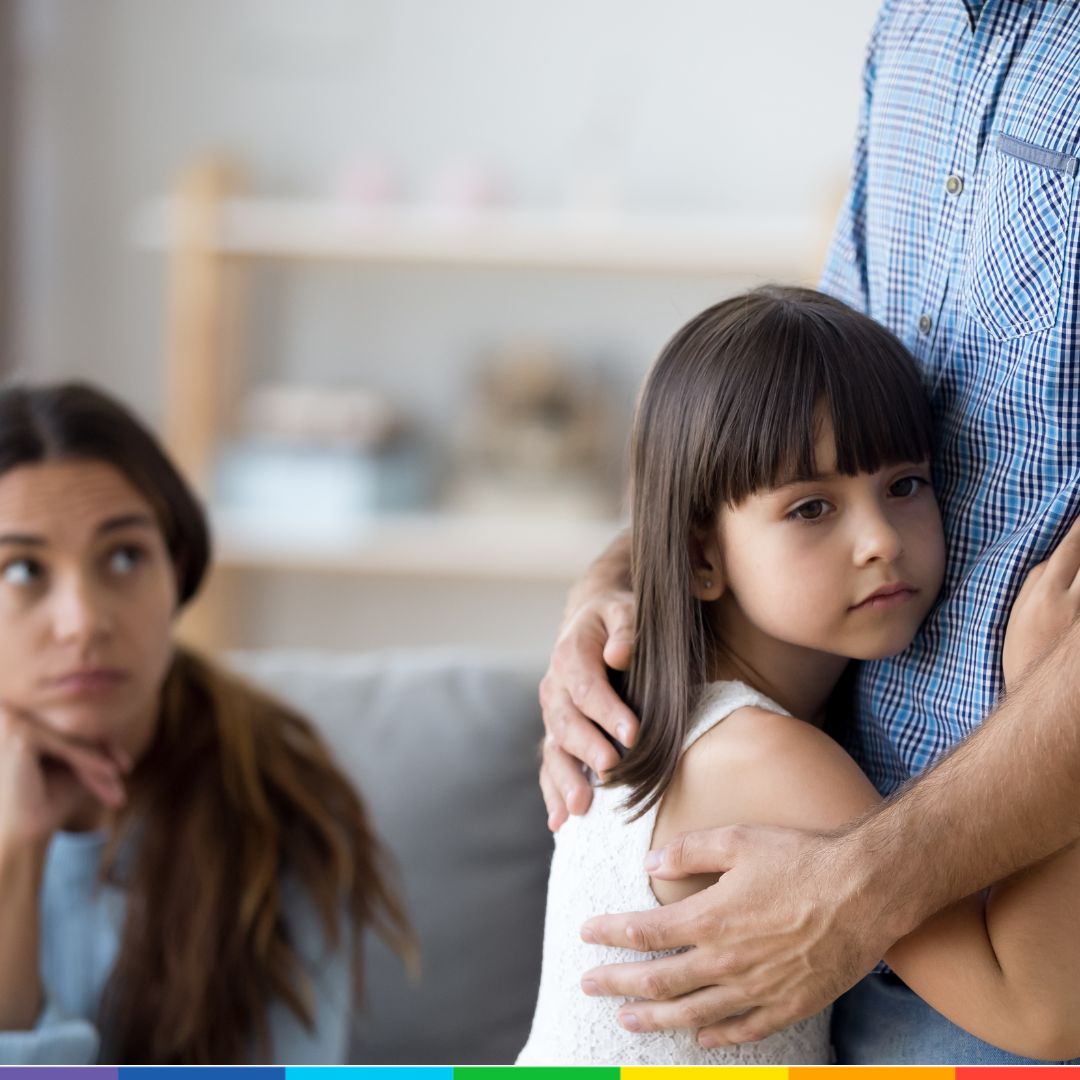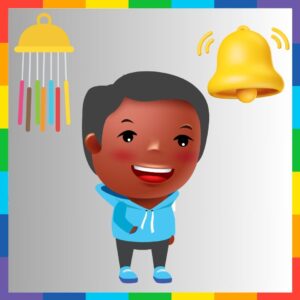
Parenting Tips
Mindful Listening Practice for Kids – Easy and Useful
September 24, 2024
Related
Topics

Hey
-

Back to School: How to Prepare for a Smooth First Day?
September 1, 2025
-

How to Build Resilience in Children? – Never Give Up!
August 8, 2025
-

Parents Saying ‘No’ – How to Set Limits Without Guilt?
July 15, 2025
-

-

Green Parenting: How to Make Your Home More Eco-Friendly?
April 24, 2025
Ready for more?
Hey
Sign up for Rainbow Kiddies newsletters for more stories and updates
Mindful listening practice involves paying close attention to sounds in the environment. Encouraging children to focus on sounds teaches them to be present and enhances their sensory awareness. This will help them choose which sounds to focus on. It will also train them to be present when someone is talking to them. So, it does not just aid in sensory awareness it also helps in building social skills and effective communication.
If you have not read the precursor to this post where we had discussed about mindfulness in general and various options to practice, have a look.
Ways to Practice Mindful Listening
Before starting any mindfulness practice it is always a good idea to be seated in a comfortable place, seat or lie down comfortably. Be aware of your surroundings, self and be calm. It is also a great idea to start with deep breathing to calm yourself down and get your focus in the present.
Bell or Chime for Mindful Listening Practice

There are several ways to practice this. So, the first option is to ring a bell, chime, or anything that makes a fading sound like these instruments. Sit with your child in a quiet place. Ring the bell or chime for them to listen to the sound once. Ask them to focus on the fading sound. Now direct them to close their eyes when they start hearing this sound. Ask them to keep their eyes closed until the sound has fully faded out and is inaudible. You can play this as a game until they can focus a little bit longer.
After doing the game you can ask them if it was easy to focus on the sound, whether they could hear other sounds around them too, how the activity made them feel and so on. There is no right or wrong answer to any of these questions though. The more they practice you will see their answers change too. We are basically helping them strengthen the attention circuits of their brain.
Sounds in the Immediate Environment for Mindful Listening Practice
Another way to do this activity is to simply close eyes and ask them to focus on what sounds they can hear. It could be the chirping of birds, the rustling of leaves, or even background noises. Then get them to list down all those sounds. They can write as many as they want. Ask which one they liked the most, least, or to just list them in the order of their liking. Ask if they have noticed these sounds earlier, if it felt different now, and how it made them feel, or what the sounds made them think about.
Kids generally love to talk when they are asked to talk authoritatively about their thoughts, feelings and perspectives. So, make it fun for them and sharpen their listening skills in the process.
You could also help them get back to the present by focusing on the sounds around them when they are stressed or anxious. By helping them focus on the moment you are also helping them engage in the task at hand fully without getting distracted.
Benefits of Mindful Listening
Awareness of Self and World
Some studies suggest that apart from emotional and psychological well-being it can nurture curiosity and learning. While most of the mindfulness techniques is all about focusing within oneself, mindful listening is one that requires kids to focus on the sounds in their immediate surroundings. It gets them to engage with their world and have awareness about their surroundings. Through mindful listening, you become more aware of your own biases and emotional triggers, allowing for more conscious and thoughtful responses.
Focus and Attention
It will also help improve their executive functions like attention, self-control and memory, in addition to academic performance. Being fully present can help regulate your emotions, reducing the likelihood of reactive or defensive behavior. It encourages you to listen without interrupting, cultivating patience and reducing reactive responses, which can be beneficial in high-stress situations.
Relationships and Communication
By being fully present, mindful listening helps to reduce misunderstandings and miscommunications. It ensures that you grasp the full meaning of what the other person is saying. When people feel truly heard, they are more likely to trust and connect with the listener, fostering deeper and more meaningful relationships. Active listening helps to diffuse tension by making the speaker feel valued and understood, which can prevent conflicts from escalating. Mindful listening allows you to better understand others’ feelings and perspectives, increasing empathy and emotional intelligence.
Incorporating mindful listening into daily interactions as kids grow can enhance their personal well-being, improve the quality of conversations, and help create healthier relationships.
Hope you will be able to add this one into your regular childcare activities and reap the benefits of it.
Happy parenting!
Resources for Teachers
There are also several resources to help teachers who are keen on training their students on mindfulness listening.
Stating three of them here:
Want Rainbow Kiddies' updates sent straight to your inbox? And also get a surprise welcome gift!




